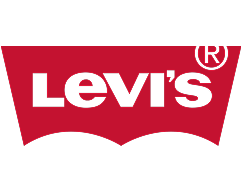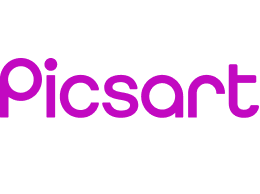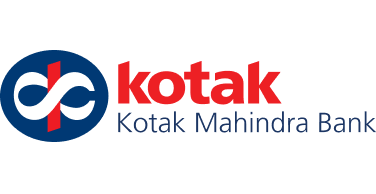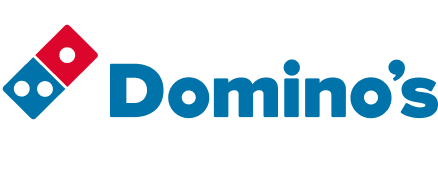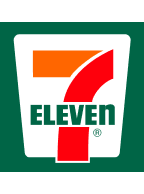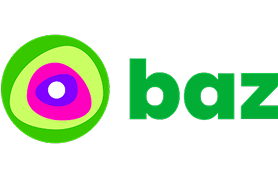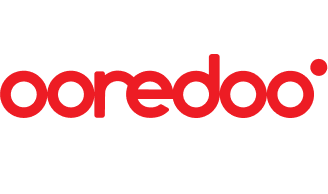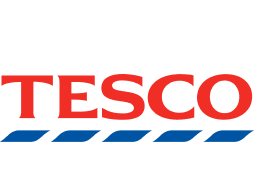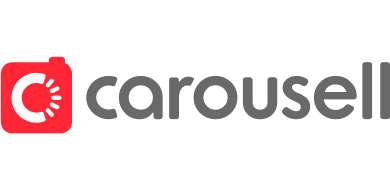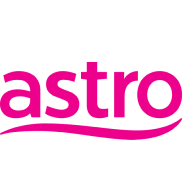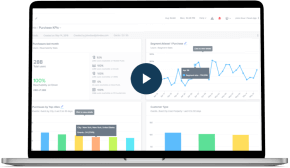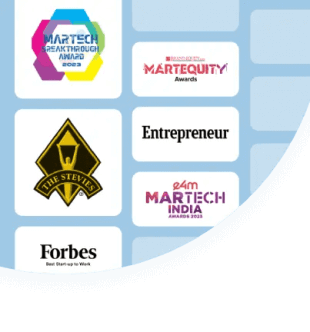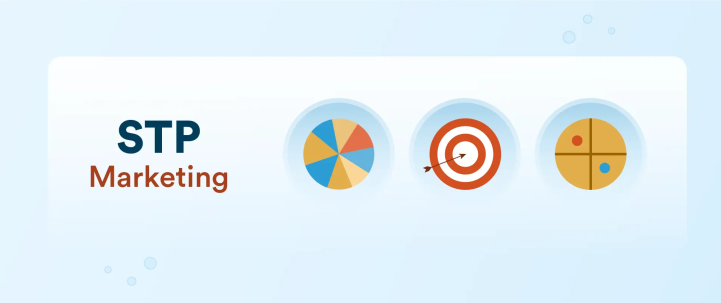Are you tired of your marketing campaigns feeling like a shot in the dark? Segmentation, targeting, and positioning (STP) is a strategic framework that could transform your marketing campaigns from broad, untargeted blasts into laser-focused, high-impact campaigns.
This blog post will define STP marketing, providing you with a comprehensive explanation of each step and how to implement it effectively.
What is Segmentation, Targeting, and Positioning (STP) Marketing?
The segmentation, targeting, and positioning (STP) marketing model is a three-step process that helps businesses identify and communicate with their ideal customers.
This framework focuses on understanding the target audience and tailoring efforts to resonate with specific groups. It’s a roadmap for creating marketing messages that build stronger brand connections and ultimately, improve conversions.
Let’s break down each component.
What is Segmentation?
Customer segmentation is the process of dividing a broad consumer or business market into sub-groups of consumers based on shared characteristics.
This could include demographics (age, gender, income), psychographics (lifestyle, values, interests), geographic location (country, city, climate), or behavioral patterns (purchase history, brand loyalty, usage rate). The goal is to create distinct segments, each with unique needs and preferences.
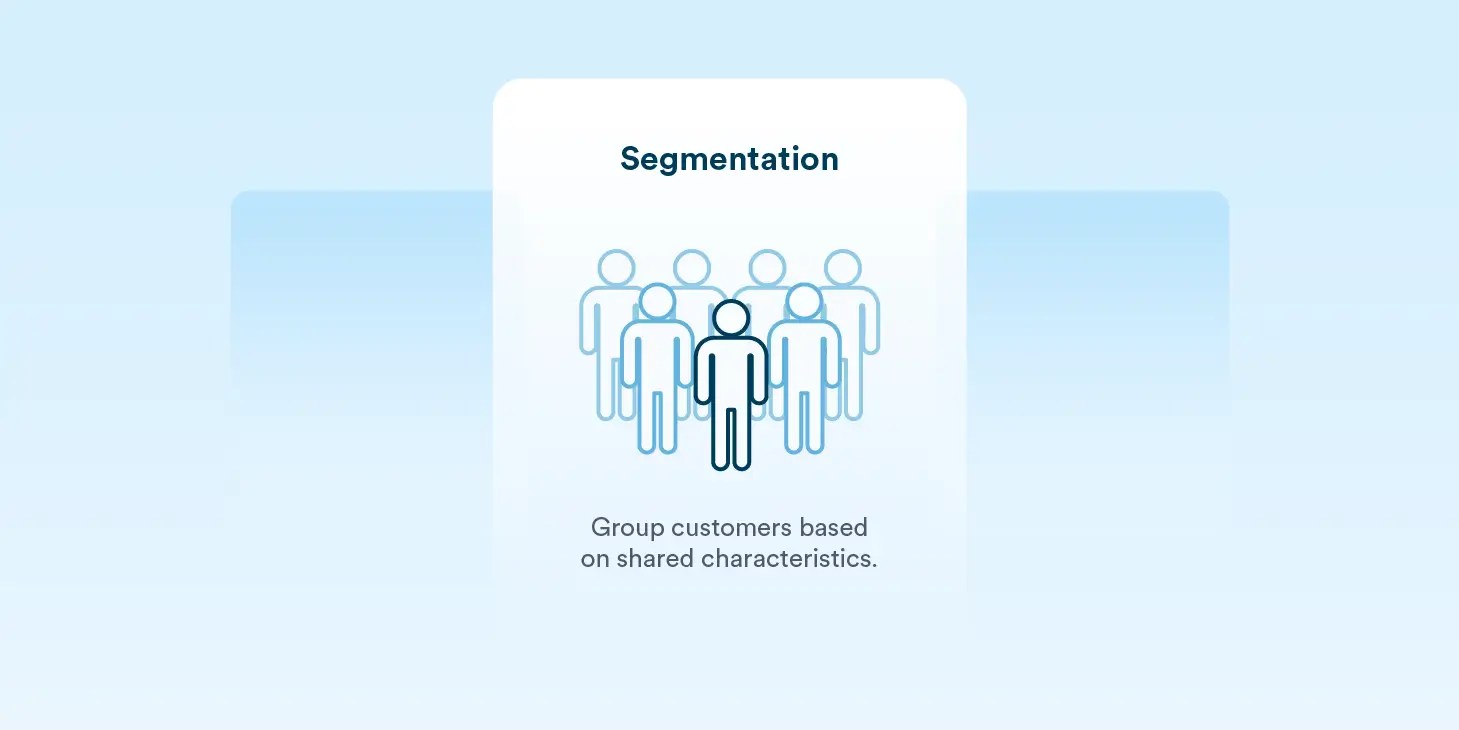
Why is segmentation important? Imagine trying to sell snowboards to people living in the desert. It wouldn’t be very effective, right? Segmentation allows you to focus your resources on those most likely to be interested in your product or service. It also enables you to write targeted messages that speak directly to their needs and desires.
What is Targeting?
Once you’ve segmented your market, the next step is to choose which segment(s) to focus your marketing efforts on. This involves evaluating the attractiveness of each segment based on factors such as:
- Size
- Growth potential
- Profitability
- Accessibility
You’ll also need to consider your company’s resources and capabilities to determine which segments you can effectively serve.
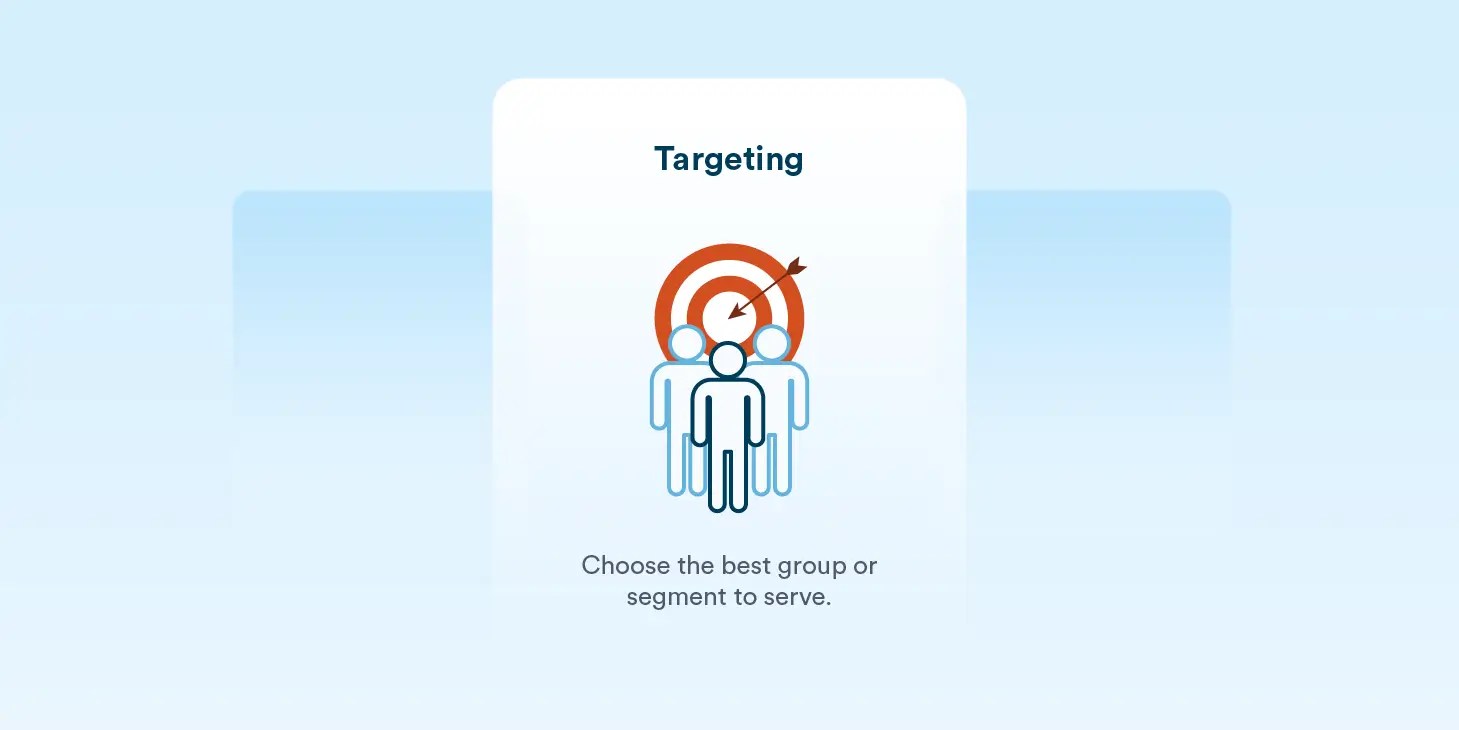
Why is targeting important? Not all segments are created equal. Some may be too small, too difficult to reach, or simply not profitable enough to justify the investment. Targeting allows you to prioritize your efforts and maximize your ROI.
What is Positioning?
The final piece of the puzzle is positioning. This involves preparing a unique and compelling image for your brand in the minds of your target audience. It’s about how you want your brand to be perceived relative to your competitors.
Effective positioning requires understanding your target audience’s needs, wants, and perceptions, and then drafting a message that resonates with them.

Why is positioning important? Positioning helps you differentiate your brand and leave a lasting impression. It helps communicate your unique value proposition and explain why your brand is the best choice for their needs.
The Formula to Understand STP Marketing
The STP marketing model is not just a collection of isolated steps; it’s a cohesive and interconnected framework. Each element influences the others. At its simplest, the STP formula can be expressed as:
Segmentation + Targeting = Positioning
This means that a well-defined segmentation strategy, coupled with effective targeting, lays the foundation for powerful and persuasive positioning. Your positioning strategy should be a direct reflection of the needs, preferences, and perceptions of your chosen target segment.
For example, if you’re targeting environmentally conscious consumers, your positioning should emphasize your brand’s commitment to sustainability and ethical practices. If you’re targeting budget-conscious consumers, your positioning should focus on affordability and value for money.
Product positioning varies for each target segment because each group has different needs and expectations.
Benefits of STP Marketing
STP marketing is a practical approach that can deliver tangible benefits to your business. By implementing the STP strategy effectively, you can:
Increase Conversion Rates
By tailoring your marketing messages to specific segments, you can increase the likelihood of converting prospects into customers. When your message resonates with their needs and preferences, they are more likely to take action.
Improve Customer Engagement
Targeted marketing fosters a sense of connection and relevance. When customers feel understood and appreciated, they are more likely to engage with your brand, building customer engagement and advocacy.
Enhance Brand Awareness
By consistently communicating your unique value proposition to your target audience, you can build a strong brand identity and increase brand awareness. This can lead to increased recognition and preference.
Optimize Marketing ROI
By focusing your resources on the most promising segments, you can maximize your ROI. You’ll avoid wasting time and money on audiences that are unlikely to convert.
62% of consumers say brands lose their loyalty if they provide un-personalized experiences. This highlights the importance of understanding your audience and personalizing your marketing efforts to their specific needs.
How to Build an STP Marketing Strategy
Now that you know the benefits of STP marketing, let’s dive into the practical steps of building your own STP strategy.
Step 1: Segmentation
The first step is to divide your broad target market into smaller segments based on shared characteristics.
Consider these four main types of audience segmentation:
- Geographic Segmentation: This involves dividing your audience based on location, such as country, region, state, city, or even climate. For example, a ski resort might target customers in colder regions with snowy winters.
- Demographic Segmentation: This involves dividing your audience based on factors like age, gender, income, education level, occupation, marital status, and family size. For example, a luxury car brand might target high-income individuals with families.
- Behavioral Segmentation: This involves dividing your audience based on their actions, such as purchase history, brand loyalty, usage rate, website activity, and engagement with marketing campaigns. For example, an e-commerce company might target frequent shoppers with personalized product recommendations.
- Psychographic Segmentation: This involves dividing your audience based on their lifestyle, values, interests, attitudes, and personality traits. For example, an outdoor adventure company might target people who are adventurous, health-conscious, and enjoy spending time in nature.
By combining different segmentation variables, you can create highly specific niche segments within your target market. This allows for a more impactful marketing effort.
Step 2: Targeting
Once you’ve segmented your market, the next step is to evaluate the attractiveness of each segment and select the ones you want to focus on. This requires analyzing data on your audience and considering factors like:
- Segment Size and Growth Potential: Is the segment large enough to be profitable? Is it growing or shrinking?
- Segment Profitability: How much revenue can you generate from this segment? What are the costs of serving this segment?
- Segment Accessibility: How easy is it to reach this segment with your marketing efforts? Are there any barriers to entry?
- Competitive Landscape: How many other companies are targeting this segment? How competitive is the market?
- Alignment with Your Business Goals: Does this segment align with your company’s mission, values, and strategic objectives?
Effective STP marketing requires a clear understanding of your business goals and a realistic assessment of your resources and capabilities. You may choose to focus on a single segment, or you may decide to target multiple segments with different marketing strategies.
Step 3: Positioning
The final step is to craft a compelling position for your brand in the minds of your target audience.
Consider these three types of positioning:
- Functional Positioning: This focuses on the practical benefits of your product or service, such as features, performance, reliability, and convenience. For example, a vacuum cleaner brand might position itself as the most powerful and efficient cleaner on the market.
- Symbolic Positioning: This focuses on the psychological and emotional benefits of your brand, such as status, prestige, self-esteem, and social belonging. For example, a luxury watch brand might position itself as a symbol of success and achievement.
- Experiential Positioning: This focuses on the sensory and emotional experiences associated with your brand, such as pleasure, excitement, adventure, and relaxation. For example, a theme park might position itself as the ultimate destination for family fun and excitement.
Your positioning strategy should be a direct reflection of the needs, preferences, and perceptions of your target audience. It should be consistent across all your marketing channels, from your website and social media to your advertising and sales materials.
How CleverTap’s Segmentation Tool Sets You Up for Success
CleverTap offers a comprehensive suite of customer segmentation tools that empower businesses to understand their user base deeply. These capabilities allow companies to tailor their marketing strategies to specific user behaviors and preferences:
- Past Behavior Segments: These segments group users based on their historical actions within the app. For instance, businesses can identify users who have added items to their cart but haven’t completed a purchase in the last 30 days. This insight allows for targeted campaigns aimed at encouraging them to finalize their transactions.
- Live User Segments: CleverTap enables real-time user tracking, allowing businesses to segment users based on their current activities. For example, users who have just booked a movie ticket can be immediately targeted with related offers or information, enhancing the user experience through timely engagement.
- Custom List Segments: Businesses can upload custom lists from various sources, such as third-party tools or internal databases, to create tailored user segments. This feature is particularly useful for delivering personalized messages to users based on specific criteria defined outside of the standard tracking parameters.
- Intent-Based Segments: This advanced feature predicts the likelihood of users achieving specific goals, such as making a purchase. Users are categorized into micro-segments like “Most Likely,” “Moderately Likely,” and “Least Likely” to convert. This predictive capability allows businesses to allocate resources efficiently, focusing efforts on users who are more likely to engage positively.
- Recency, Frequency, Monetary (RFM) Analysis: CleverTap’s RFM analysis segments users based on how recently, how frequently, and how much they spend. This model helps identify top customers (“Champions”) and those at risk of churning (“Hibernating”), enabling targeted strategies to retain valuable users and re-engage inactive ones.
With CleverTap, businesses can gain a nuanced understanding of their user base, allowing for the creation of highly targeted and effective marketing campaigns that resonate with specific user groups.
Practical STP Marketing Examples To Learn From
To illustrate the power of STP marketing, let’s look at a few examples:
1. A Fashion Brand
Let’s say a fashion brand segments its market by age. Here’s what the STP marketing model will look like:
- Segmentation: The brand divides its market based on age groups.
- Targeting: Young adults (18-25). The brand focuses its marketing efforts on this specific demographic who are looking for cost-effective but latest styles.
- Positioning: The brand builds marketing campaigns featuring trendy and affordable styles in line with the image it wants to build: the go-to brand for the latest fashion trends.
2. A Pet-Sitting Company
A pet-sitting company splits its audience into groups based on their pet ownership and their needs.
- Segmentation: The company identifies three distinct segments: dog owners needing overnight care due to travel, cat owners, and owners of exotic pets.
- Targeting: They recognize that each group has unique requirements and preferences when choosing a pet-sitting service.
- Positioning: The company positions itself as a reliable and specialized pet-sitting service that understands the unique needs of different types of pets, and builds marketing campaigns to alleviate any fears pet owners may have.
3. A Luxury Makeup Brand
A luxury makeup brand in India sells items that are affordable only to a niche group of people. Here’s what the STP marketing model will look like:
- Segmentation: The brand segments based on income, geographic location, profession, and behavior or interests.
- Targeting: High-income working women in India who are active on social media, interested in makeup, and are willing to spend money on premium makeup products.
- Positioning: The brand aims to be seen as a company that empowers women to feel confident and beautiful through high-quality, innovative makeup products.
These examples demonstrate how the STP model can be applied to various industries and target audiences.
Maximizing Impact With STP Marketing
The STP marketing model is a powerful framework for creating effective marketing strategies that resonate with your target audience. So, take the time to understand your customers, build a solid STP marketing strategy, and watch your marketing efforts transform from a shot in the dark to a laser-focused, high-impact campaign. The potential rewards are well worth the effort.
Learn more about CleverTap Segments here.
Shivkumar M 
Head Product Launches, Adoption, & Evangelism.Expert in cross channel marketing strategies & platforms.
Free Customer Engagement Guides
Join our newsletter for actionable tips and proven strategies to grow your business and engage your customers.





